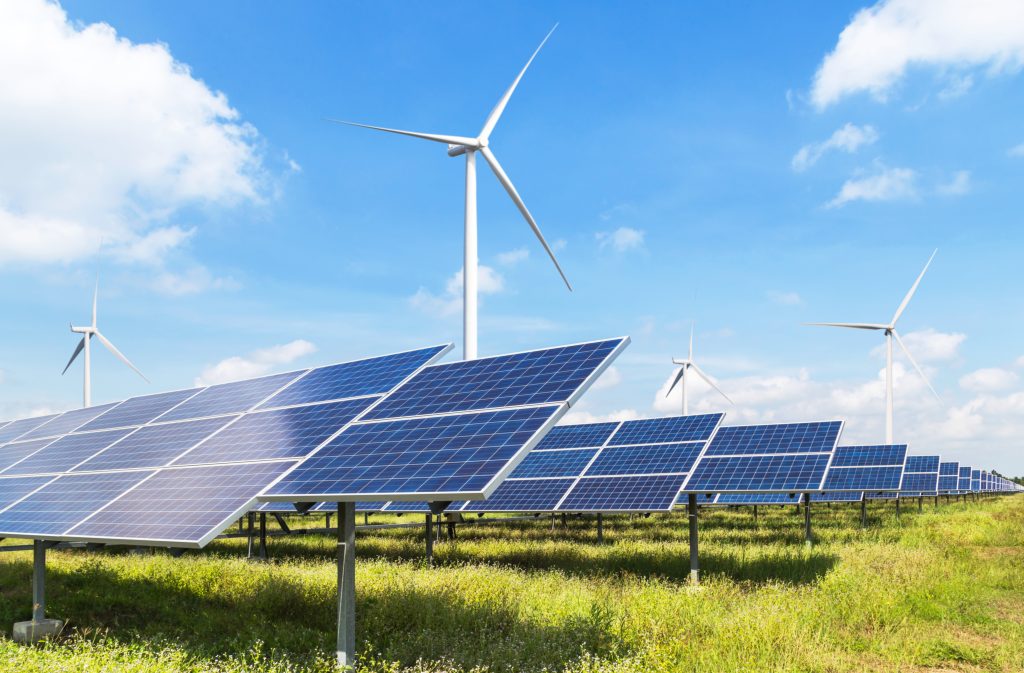In Canada, several provinces have deregulated energy markets to varying extents. Alberta is the only province with fully deregulated electricity and natural gas markets. In Alberta, consumers have the freedom to choose their electricity and natural gas providers, pricing plans, and contract terms, fostering competition and innovation in the energy sector. This deregulated market structure has been in place since the late 1990s, following the implementation of the Electric Utilities Act, which aimed to introduce market forces into the province’s energy industry.

Power blackouts, the complete absence of electrical power in a specific area, can be triggered by several factors. Natural disasters such as hurricanes, tornadoes, and severe thunderstorms are common culprits, often causing physical damage to the power infrastructure, like downed power lines and damaged transformers. Equipment failure is another significant cause; as power systems age, they become more susceptible to malfunctions, leading to widespread outages. Human error during maintenance or construction work can inadvertently disrupt the power supply as well. Additionally, overloads on the electrical grid during peak usage times can exceed the power supply, causing blackouts. Grid operators and utility companies work to monitor and manage these risks, but the complex nature of electrical infrastructure means that completely preventing blackouts can be challenging. These entities prioritize rapid response and restoration efforts to minimize the impact on affected communities. Understanding the diverse causes of power blackouts is essential for preparing and responding effectively when they occur, ensuring safety and reducing inconvenience during these events.
Electricity reaches your home through a complex distribution system starting at power plants generating electricity. From there, electricity travels over high-voltage transmission lines that carry it across long distances to substations where the voltage is reduced. These substations then distribute electricity through lower-voltage distribution lines that extend into neighbourhoods and communities. Transformers lower the voltage to a level that can be used in your home, typically stepping it down to the standard household voltage. Finally, the electricity travels through the service line to your home’s electrical panel, from where it is distributed to outlets and appliances. This network ensures that electricity generated miles away lights up your home and powers your devices.
To read your electricity metre, you need to know what type of metre you have. There are different types of metres, including digital, dial, and smart metres. Your utility company should provide you with instructions on how to read your metre, but generally, you’ll need to record the numbers or digits displayed on the metre.
Preparing for a power outage is essential for minimizing discomfort and potential risks during such events. An effective preparation strategy includes assembling an emergency kit containing flashlights, extra batteries, a first-aid kit, non-perishable food items, and at least one gallon of water per person daily to last several days. It’s also wise to have a battery-powered or hand-crank radio to stay informed about the outage status and any public safety announcements. Investing in surge protectors and uninterruptible power supplies (UPS) can protect your electronic devices from damage due to sudden power surges when electricity is restored. Additionally, consider the needs of all household members, including pets, and plan for medical needs such as medications that require refrigeration. Keeping a list of emergency contact numbers, including your utility company’s outage hotline, is crucial for quick access to information and reporting outages. By planning and understanding the steps to take before, during, and after a power outage, you can ensure the safety and well-being of your family.
Alberta’s electricity prices have surged in 2024 due to the growing international demand for natural gas, a key component in electricity generation. This surge is due to global geopolitical tensions, the shift towards renewable energy, and the federal carbon tax on natural gas and electricity generated using combustible fuel. As Alberta’s electricity market is deregulated, it leads to significant price volatility influenced by the balance of supply and demand. The province’s reliance on natural gas for electricity generation means global price changes directly affect local electricity prices, and the current trend indicates a continued increase.
Electricity can travel through air under certain conditions, primarily when the electrical potential difference (voltage) between two points is high enough to ionize the air and create a conductive path. This phenomenon is seen in nature as lightning, where a high voltage difference between clouds and the ground, or within clouds, causes electricity to discharge through the air. In man-made systems, sparking or arcing can occur when high voltage causes the air between conductors to become ionized. However, air is generally an insulator, and under normal conditions, it resists the flow of electricity. Electrical engineers use insulating materials and careful design to prevent unintended arcing in electrical equipment. Thus, while electricity can technically travel through air, it requires conditions that overcome air’s natural resistance to electrical flow.
Links